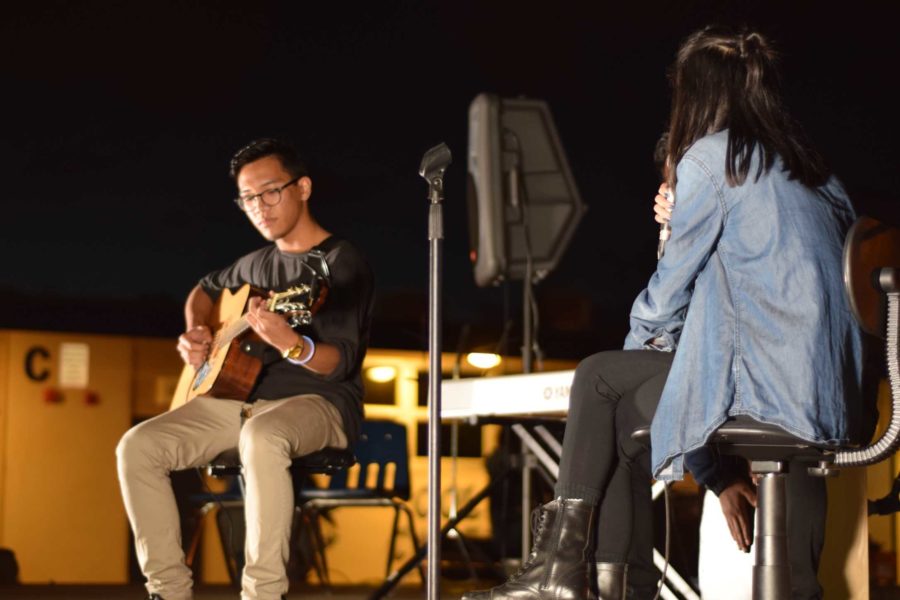Election Analysis: Why young people do not vote
An examination of voter turnouts in U.S. history
May 9, 2016
With the Indiana primaries now in the books and the two major parties’ national conventions inching ever closer, the majority of Americans are developing a better sense for who they will be voting for this November. However, this has not traditionally been the case for the nation’s youngest voters.
The Teenage Vote
Since 1996, votes from the 18-29 age bracket have made up just over a fifth of the electorate. Yet, the overall voter turnout among the nation’s youngest voters have been consistently low, with only 38% of eligible votes from the age group casting their ballot in the general election.
“Younger people should definitely vote more,” said senior Daniel Griffith. “If they voted more, candidates would cater more towards them and would implement policies that could improve their lives. Right now younger voters don’t vote, so candidates can ignore them since they won’t have as much of an effect on the election’s results.”
Mr. William Dowden, social science teacher, also believes that a larger youth turnout would garner the attention of the candidates. “On the democratic side, the two leading candidates have both proposed free college. So if you’re 18–24, wouldn’t you like tuition to be free? Additionally, with Obamacare, you’re covered under your parent’s health coverage until you’re 26 years old.”
Representative Julia Brownley of California’s 26th District has expressed support for young people voting. “The right to vote is one of the most important building blocks of our democracy,” she said via email. “I am a strong supporter of reforms that will encourage more participation in our electoral process by young voters.”
A bill has yet to be introduced in Congress or the California state legislature that allows the nation’s youngest voters to participate in the presidential primaries. Such legislation currently exists in 23 states and Washington D.C., but only 15 states and Washington D.C. allow 17 year olds who will be 18 by the time of the general election to vote in congressional primaries.
Exit polls show that in both Republican and Democrat primaries and caucuses, the 17-29 year old demographic has made up a higher percentage of the voting population on the Democratic side, heavily in favor of Sanders. Exit polls support the theory that Sanders is sparking the increase in young voter turnout, for he has lost the demographic to Clinton in just two states.

Even in a populous nation like the U.S., elections can end with very close numbers, as evinced by the Missouri primaries. In both the Republican and Democratic primaries, the winner won by only a 0.2% margin, the equivalent of less than 2,000 votes per side. Incidentally, Missouri is one of the many states that prohibits 17 year old voter from voting in primaries.
Our Poll
In a survey that the Stinger conducted, 82% (90 out of 112) of seniors that will be eligible come this November responded that they intend on voting in the upcoming election — well above the average rates at which Ventura County voted in 2012, as well as the 18-29 year old demographic as a whole.
While we found that a large percentage of our seniors intend to vote, a Pew Research study found that “35% of 18-29 year olds who told [Pew Research] they would ‘definitely vote’ in the 2014 election have no record of voting.”
“I think a lot of people have the idea in their head that they’re going to vote, but because the fact that we don’t have same day voter registration, it’s kind of hard to register, it’s a hassle to go out on a Tuesday, and because it’s challenging to vote, a lot of people don’t vote,” said Mr. Chris Quinn, social science teacher. “I think it’s just because they don’t understand how important it is to vote. They haven’t really seen the value of voting yet, and as you get older and wiser, you start to recognize how important it is.
Some have said delegate frontrunners Hillary Clinton and Donald Trump, who have been less popular among teenagers, have had a negative effect on millennials’ motivation to vote. “I wouldn’t want to vote in November if the race was between Clinton and Trump,” said senior Tim Martin. “From what I’ve seen, they both seem like they would be a bad choice for our country, and I wouldn’t want to support either of them.”
“It’s unfortunate that I can’t vote in the primaries because I might not have to the chance to vote for Kasich at all unless there’s a brokered convention, and the odds of that happening are still unknown” said senior MJ Caulfield*.
Voting trends in the U.S.
Voter participation in the U.S. has significantly declined in recent decades. Even in presidential election years, the voter turnout has consistently remained under 60 percent since the 1960s. Congressional elections have even less participants, with less than 50% voter turnout since 1978.
In the most recent federal election (2014), the national turnout rate for the electorate dropped to 36.3%. This was the lowest turnout since 1942, when a large amount of the voting population was pre-occupied fighting in World War II.
“I think people take democracy for granted,” said Quinn. “I have a lot of respect for people who disagree with me on politics, but I have almost no respect for people who don’t vote. I think that they deserve the leaders that they get when they don’t vote.”
California is no exception to the trend. The last time over 60% of the California electorate voted in a general election was 1972. In the 2012 general election, just over 330,000 Californians cast ballots — a 55.5% voter turnout.
Voter ID Laws
In the congressional election of 2014, only 30.9% of California citizens were eligible to register vote.
Several states have introduced new legislation regarding the paperwork needed to vote since the last general election. Despite their proponents insisting the requirements are well-intentioned, voter ID laws have been shown to disproportionately disenfranchise minorities — one of the democratic party’s strengths nationwide. The majority of states who enforce stricter voter ID laws are currently controlled by a Republican legislature.
Additionally, critiques of the voter ID laws argue that they are also aimed towards women, who have had greater turnouts than men since the ’80s, and students, making university students unable to use their campus IDs as a valid form of voting ID. Some of the representatives supporting these laws have suggested that these laws have been enacted to decrease the liberal turnout.
Nevertheless, Wisconsin’s primary recorded the highest primary turnout since 1972, despite hour long lines to vote, which were in part created by the new ID measures. Republicans outvoted Democrats by almost 100,000 votes, which Wisconsin Congressman Glenn Grothman reinforced was an intentional consequence of voter ID laws.
Two states that have passed a form of these laws — Massachusetts and Virginia — were both blue states in the 2012 general election, but saw a larger Republican turnout in their primaries this year.
The 2016 Primaries
On the Republican side, every state except Utah and Wyoming that has had a primary or caucus up to this date has recorded greater turnout than they did in 2012. (Mitt Romney received more votes than the total turnout of the 2016 primary, in part due to belonging to the Mormon church, the predominant religion in Utah.)
Not only have the overall turnouts been greater in almost every state, but four states — Missouri, Texas, Ohio and Virginia — recorded an increase of over 750,000 ballots cast in their most recent primaries, compared to those in 2012. Moreover, several states, including Michigan, Wisconsin, and Minnesota, made headlines for their primary contests, shattering voter turnout records for their respective states.
Nine states — Nevada, Maine, Virginia, New York, Missouri, Pennsylvania, Connecticut, Delaware, Rhode Island — have all seen a greater turnout for Trump than the total turnout they had in their 2012 Republican primaries.
Trump additionally is expected to surpass the Republican record popular vote total for primaries, set by George Bush in 2000.
“I think more people are energized now, first of all, because it’s an election year, and secondly because of Trump,” said Quinn.
Quinn, an advocate of political efficacy, realizes that although he may not agree with the agenda of Trump’s campaign, Trump has been influential in making people pay attention to politics. “As a government teacher, I love Trump. A big reason why people don’t vote is because they don’t care enough, and Trump has really done a lot to stop that.”
*An interview with Caulfield was conducted prior to Kasich’s decision to drop out of the presidential race.

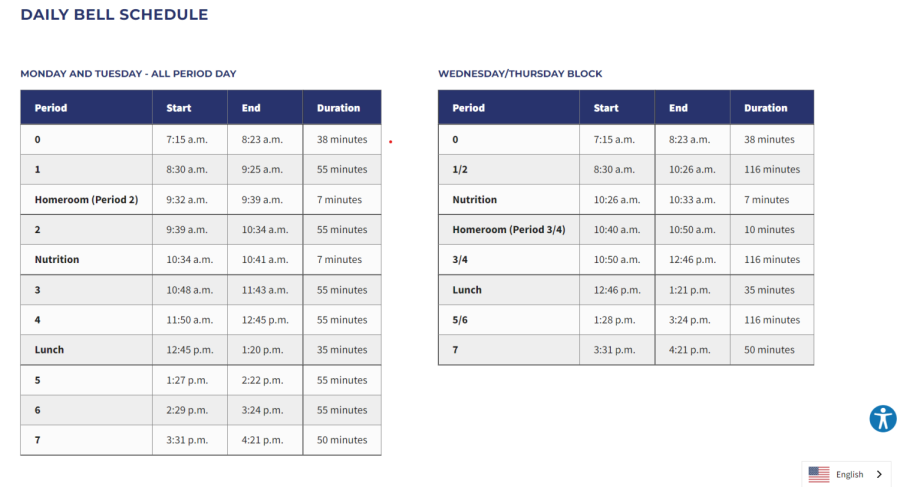




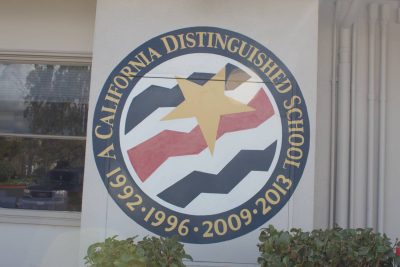
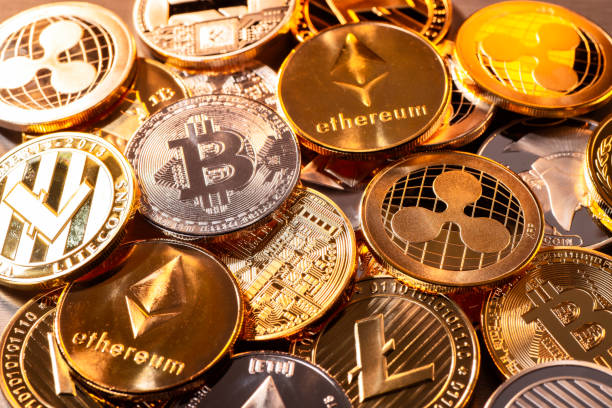
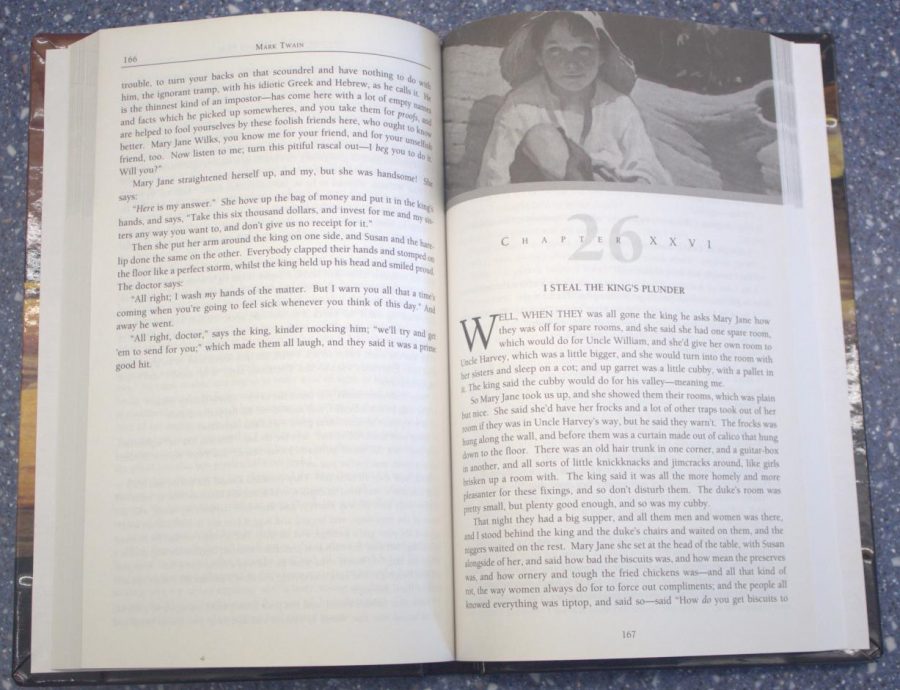
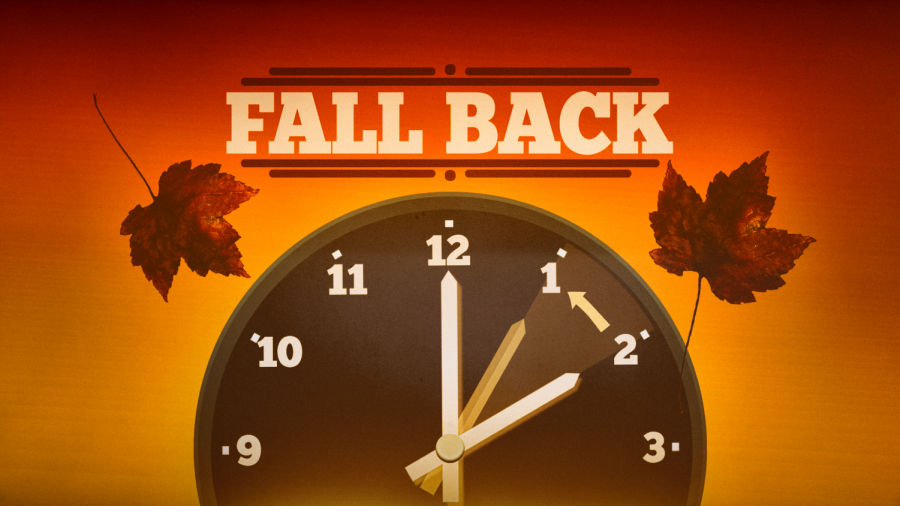






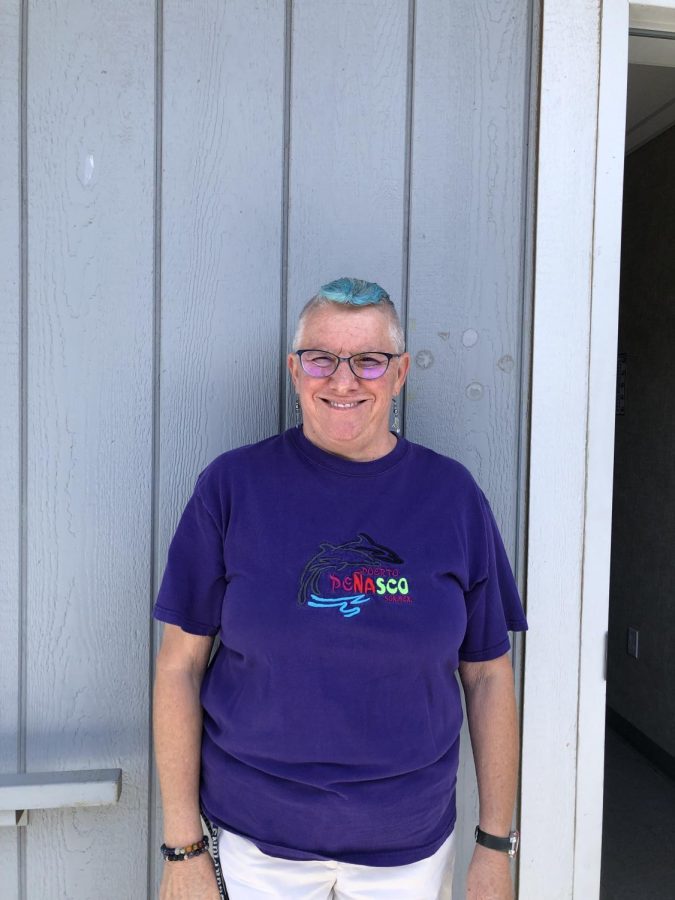


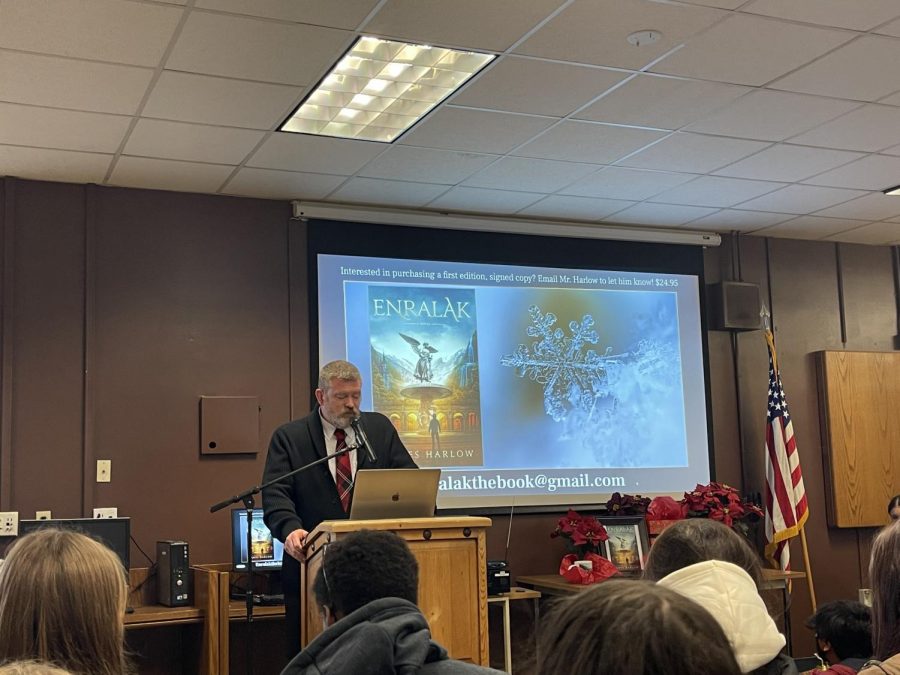
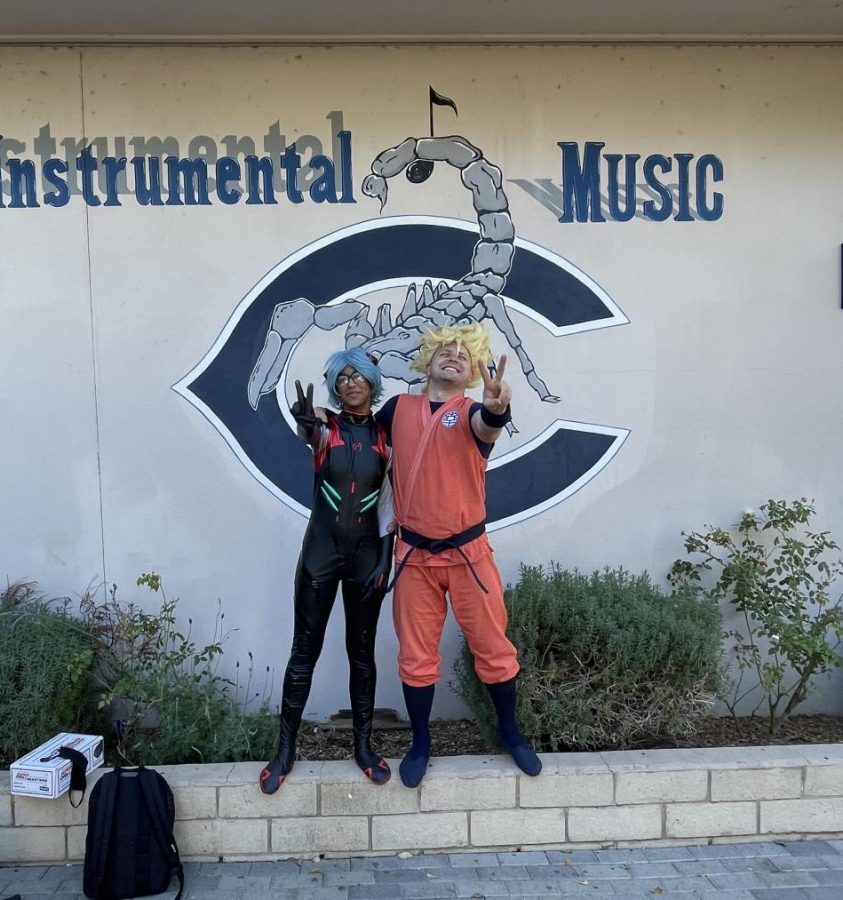
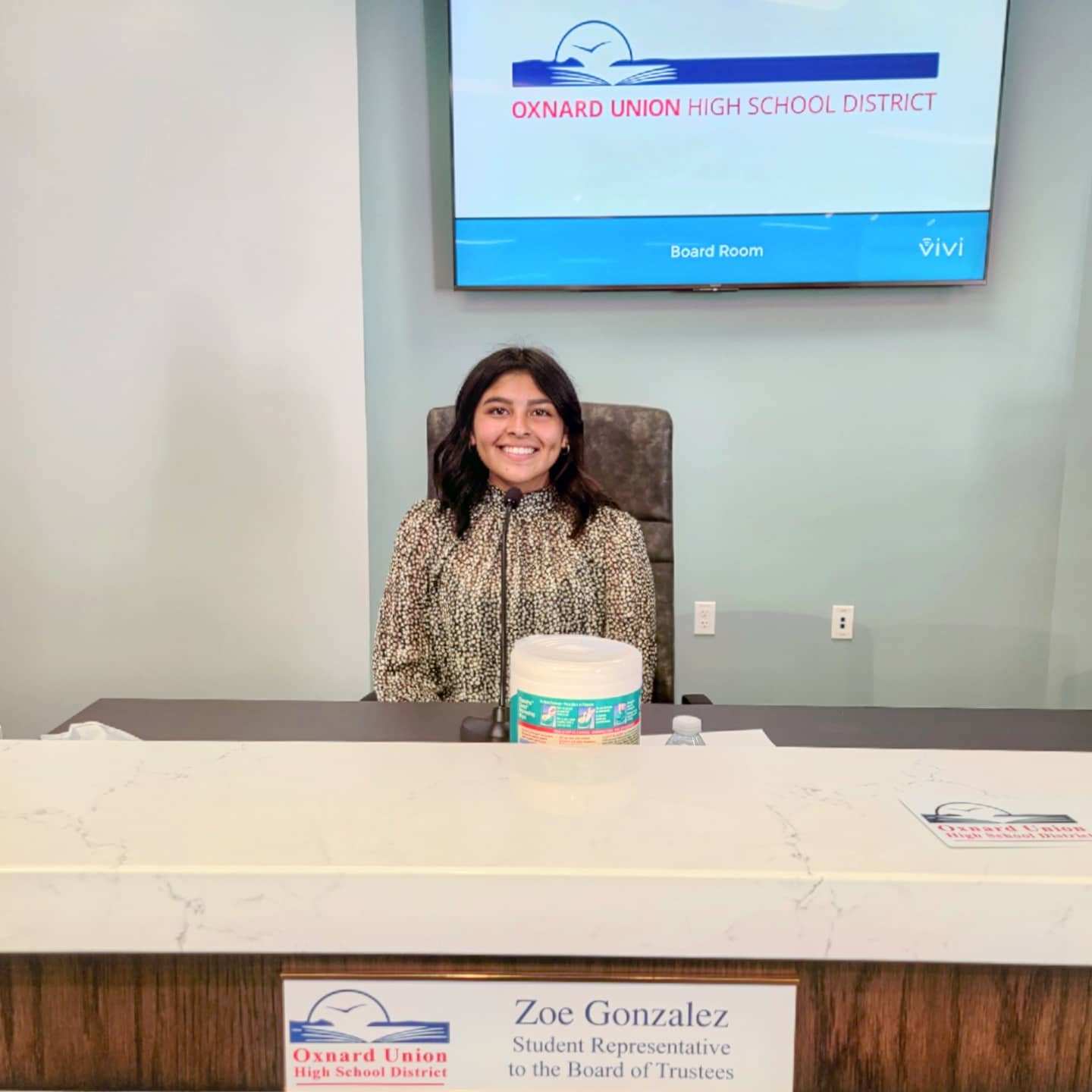


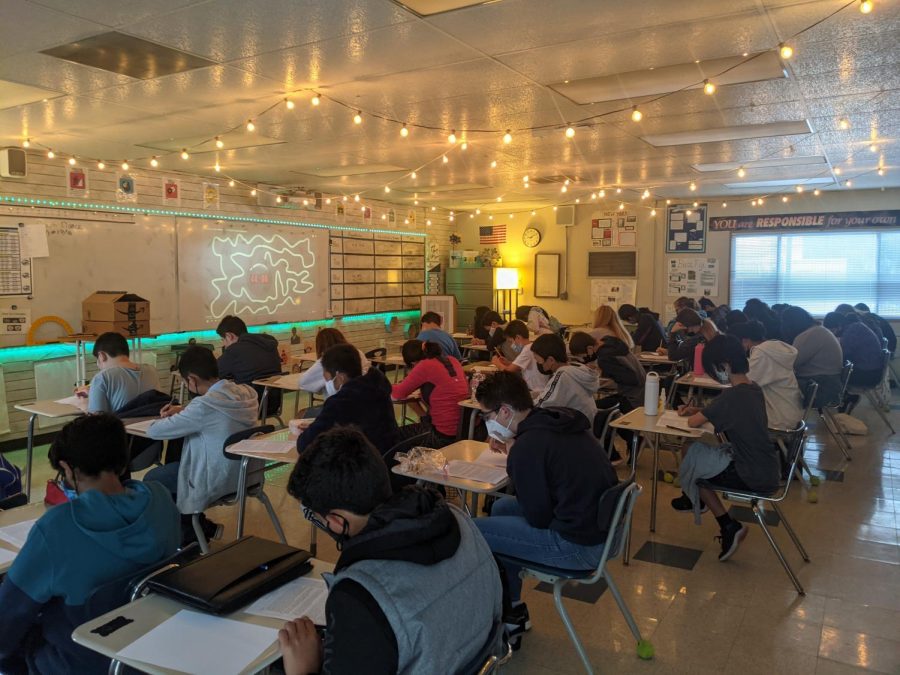

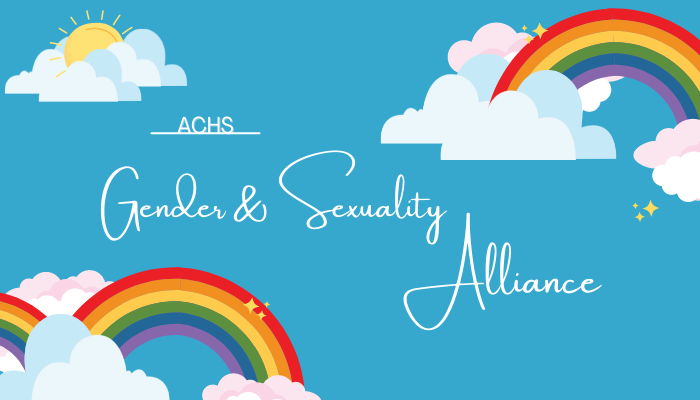
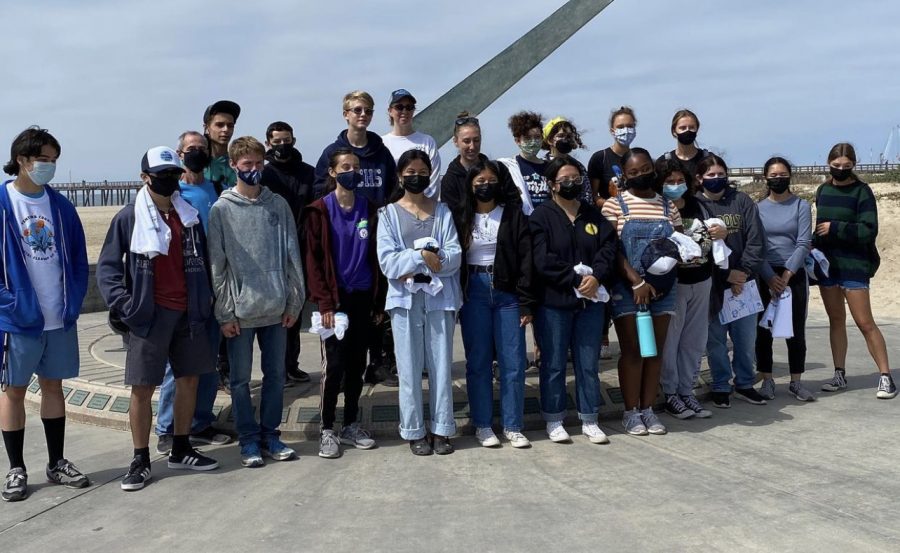

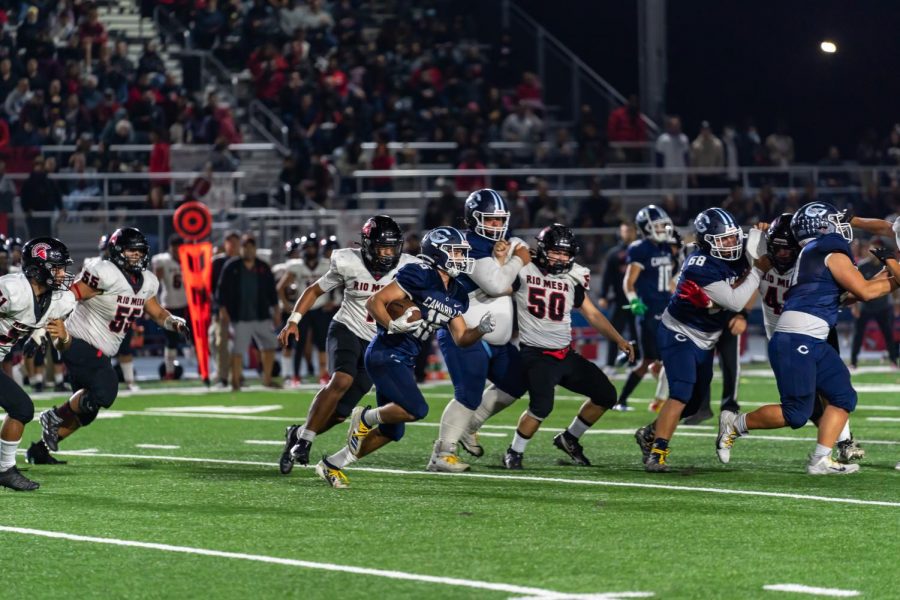

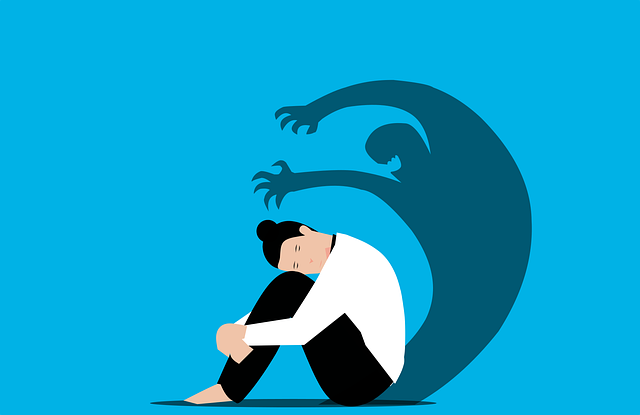




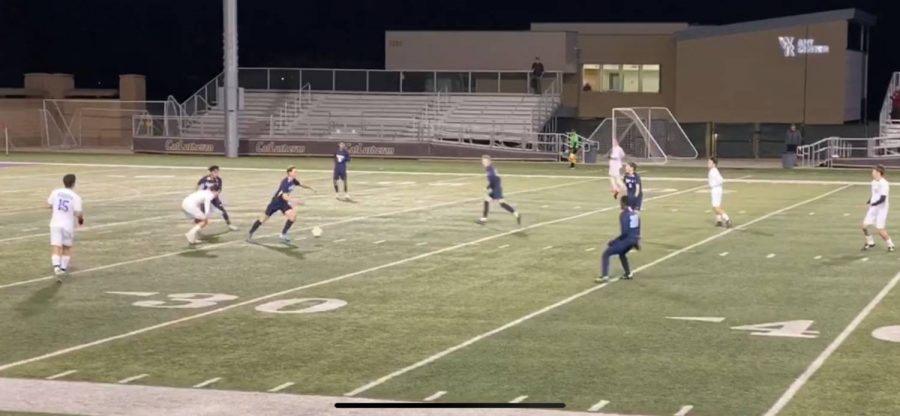




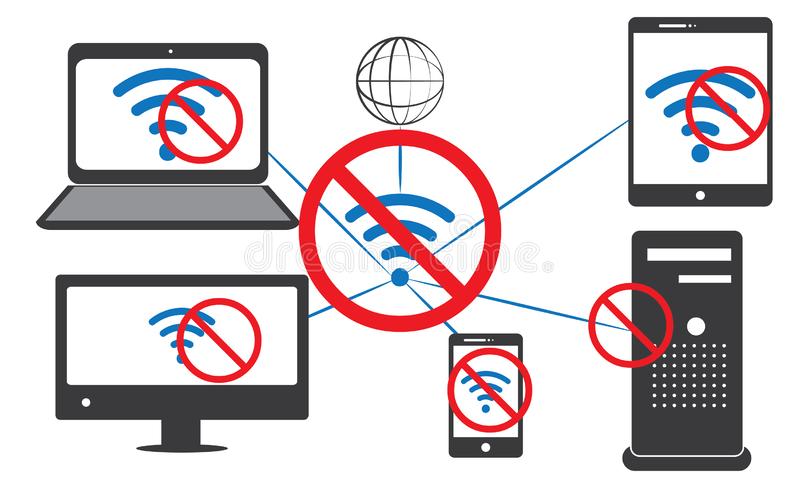
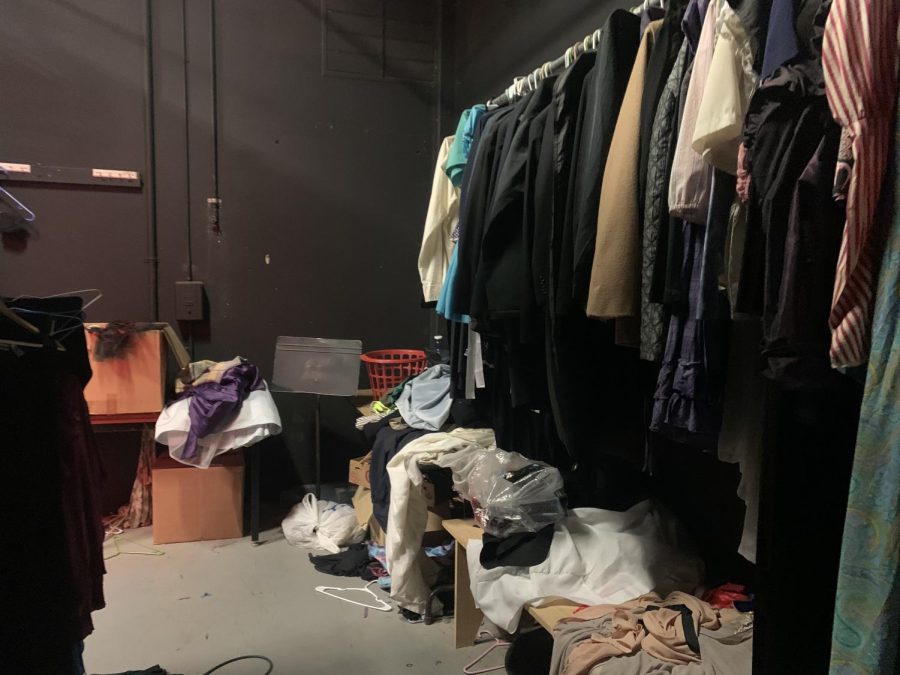


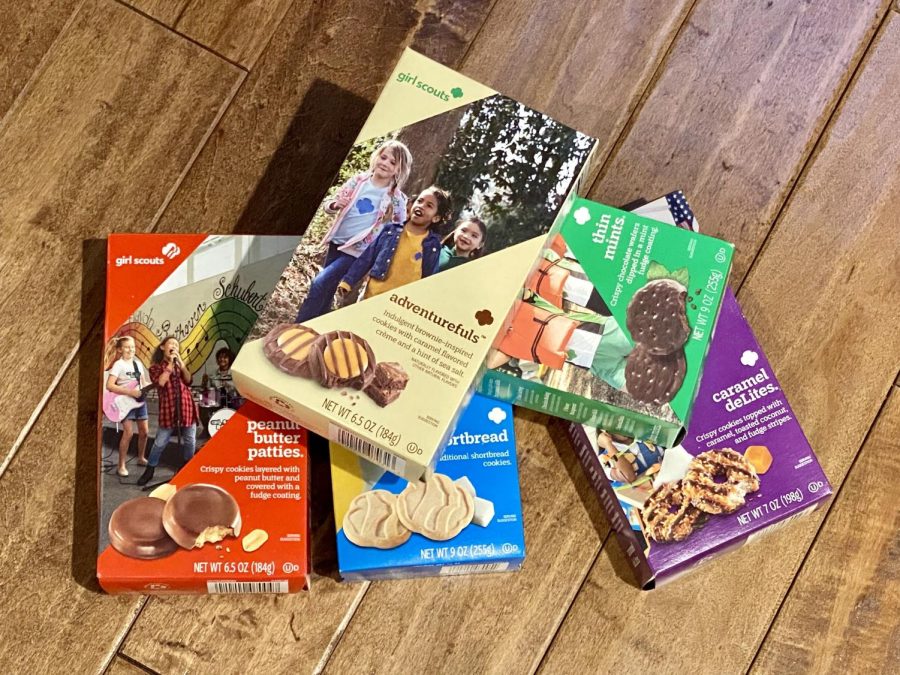
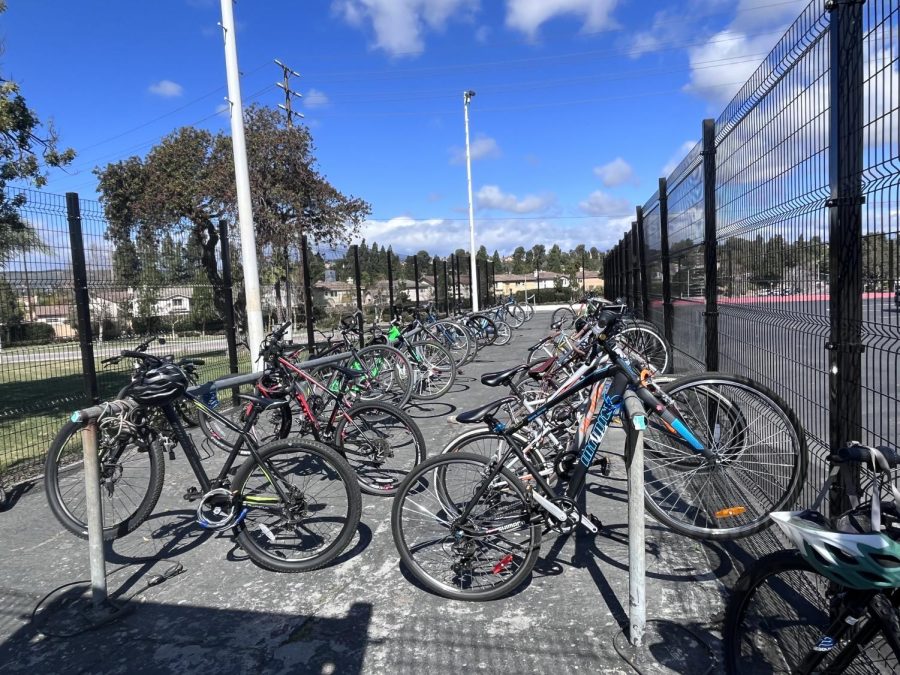
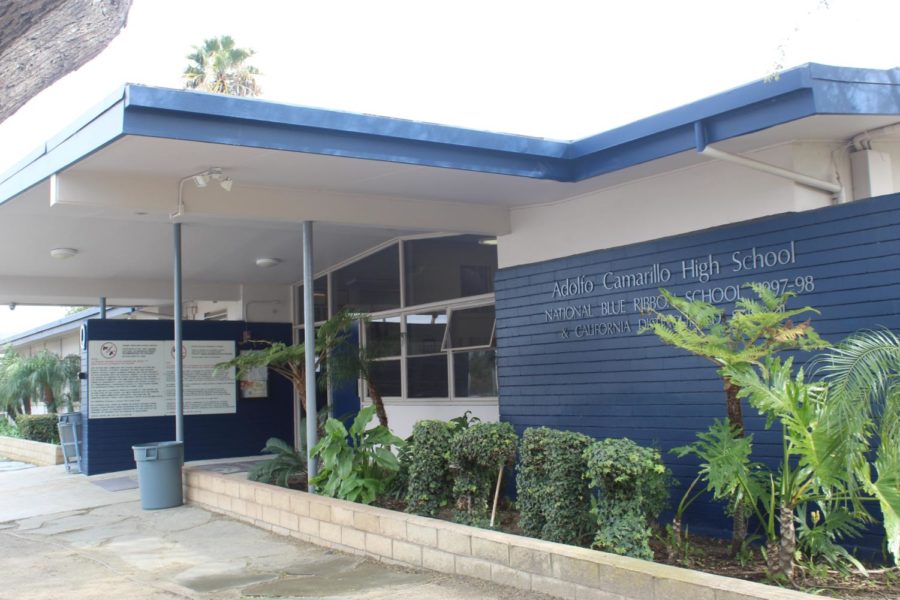
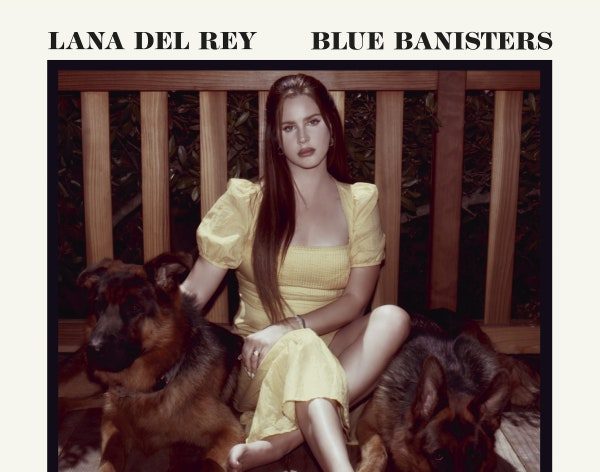

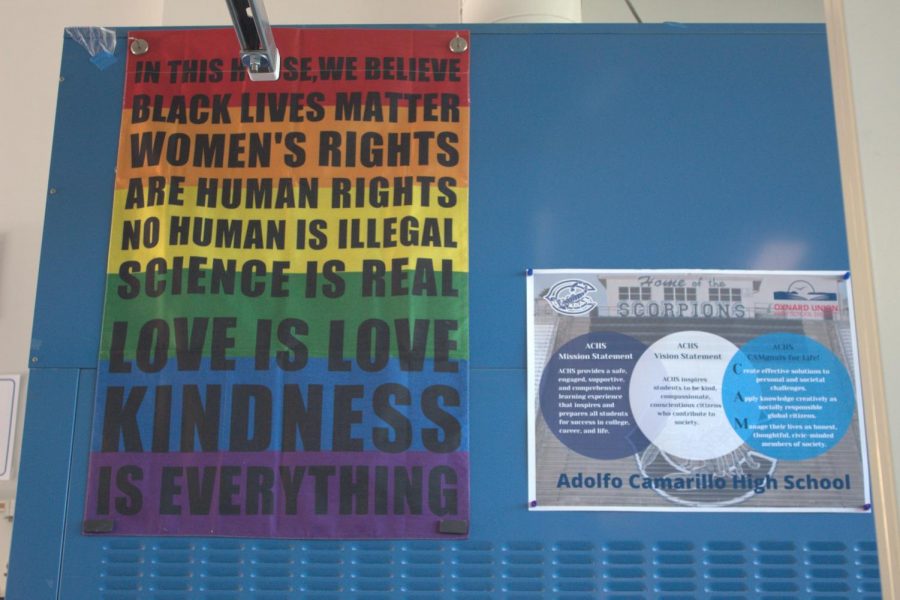
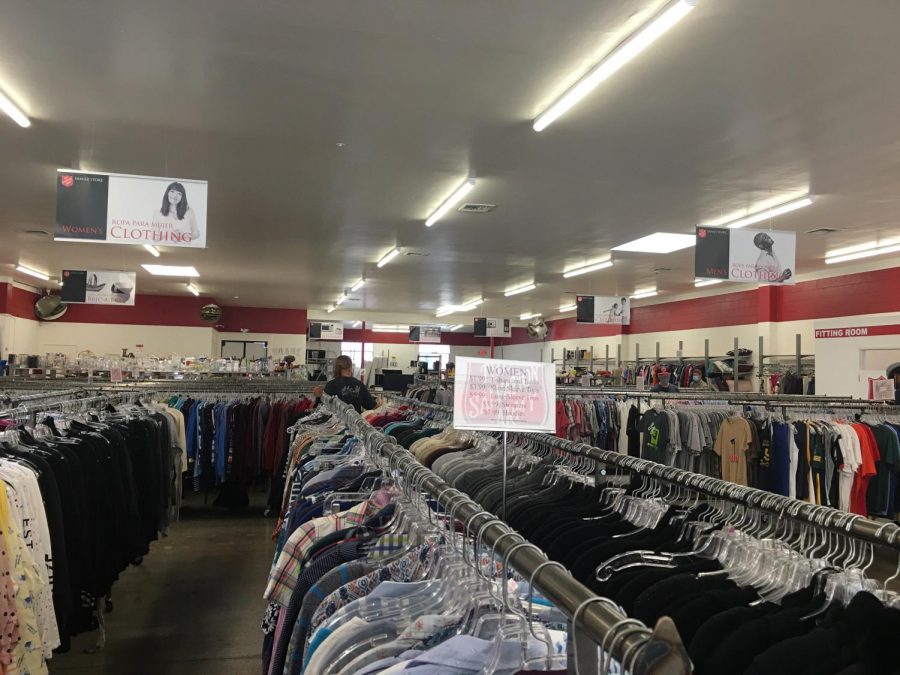
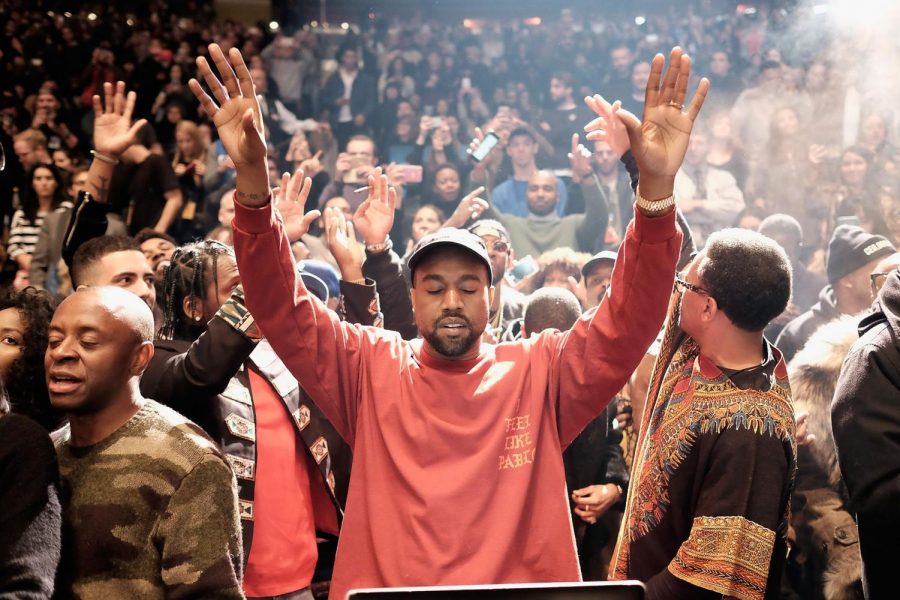
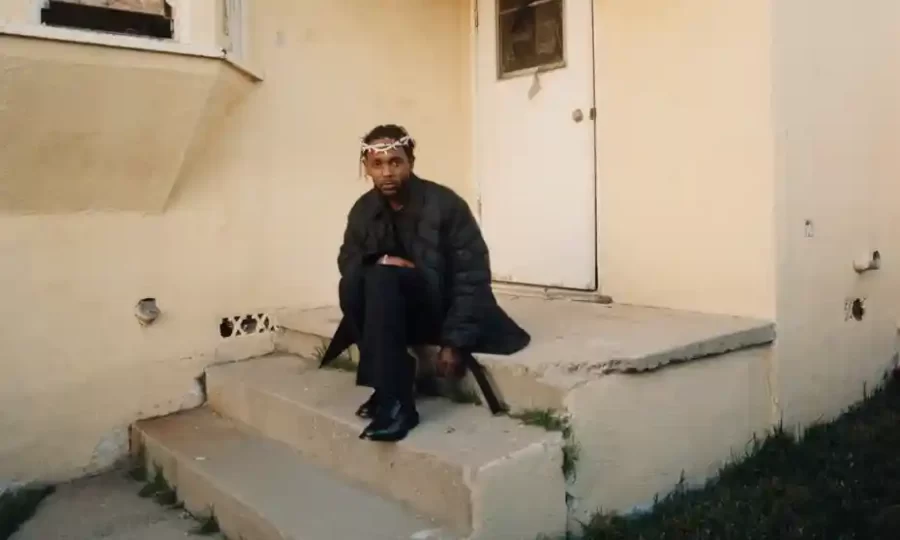

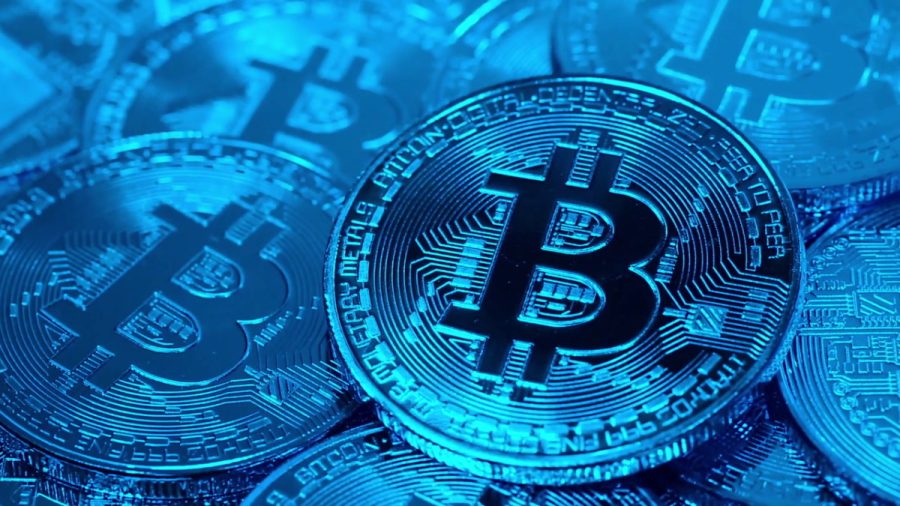
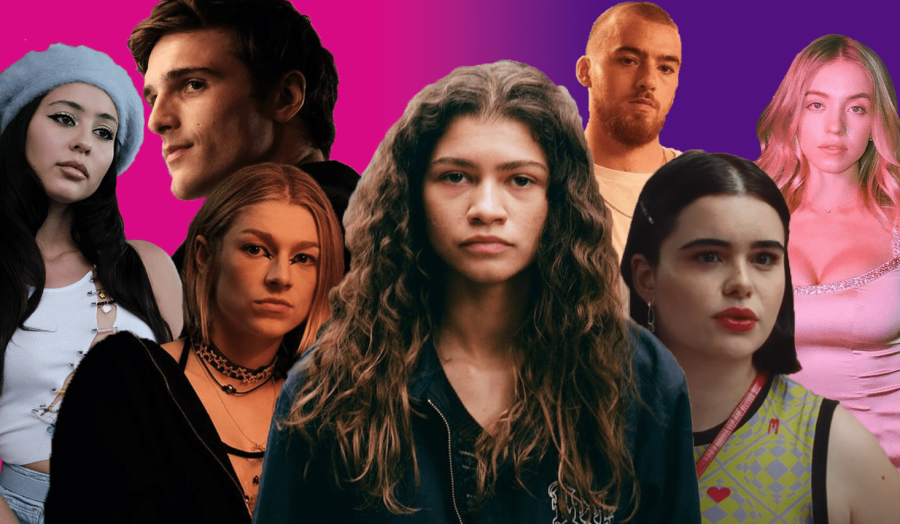


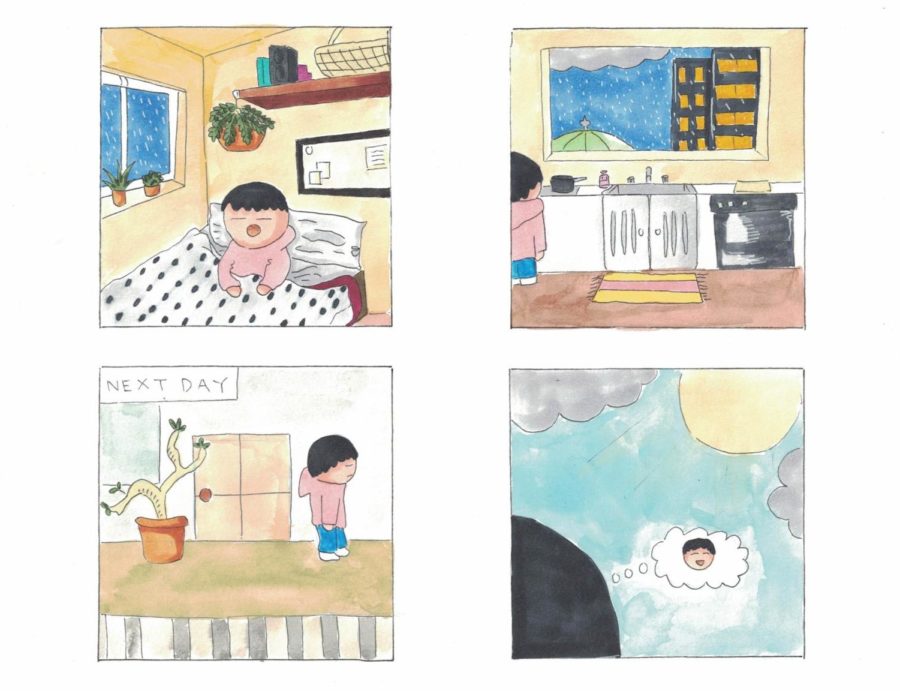
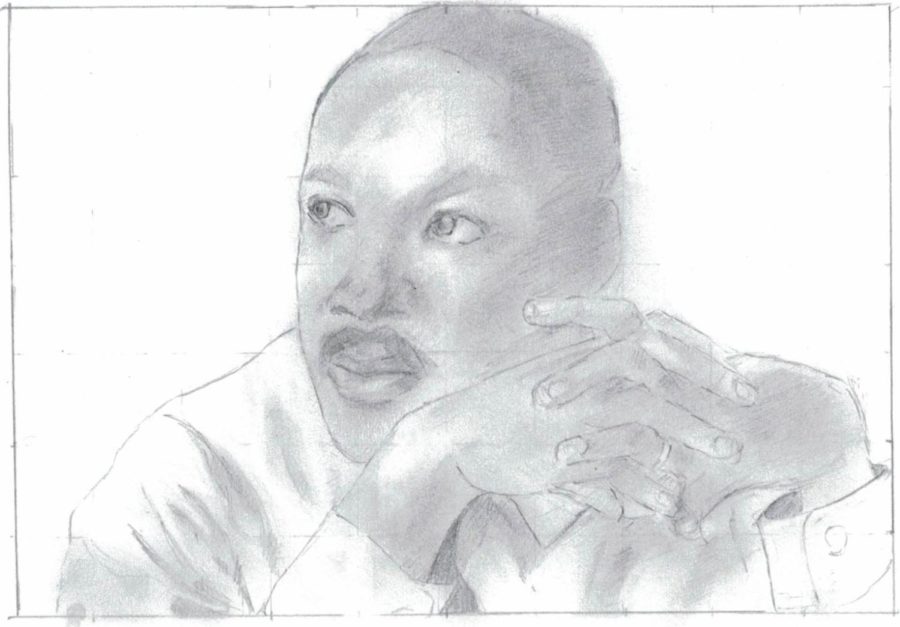
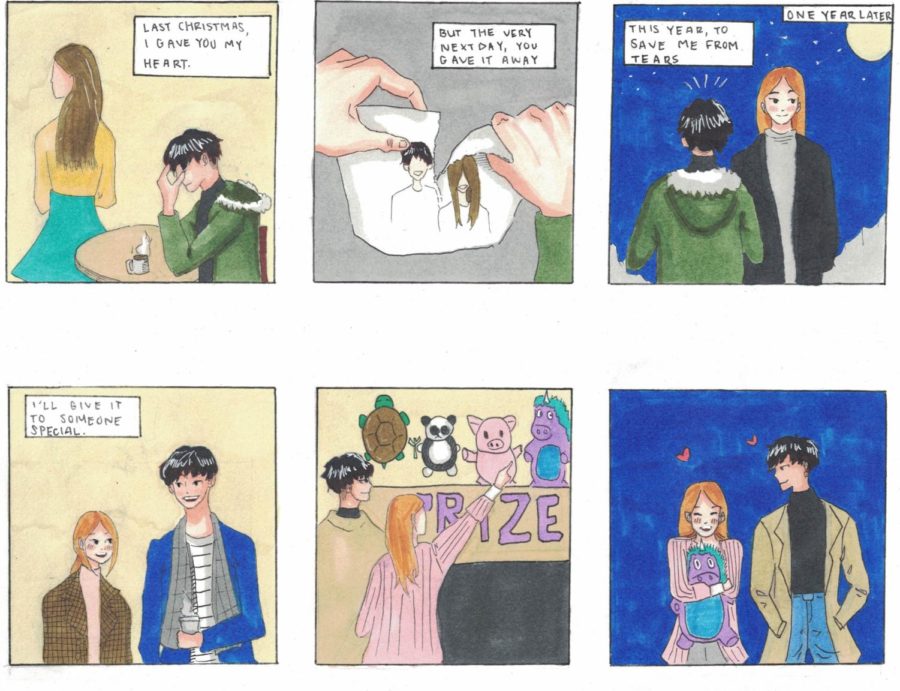
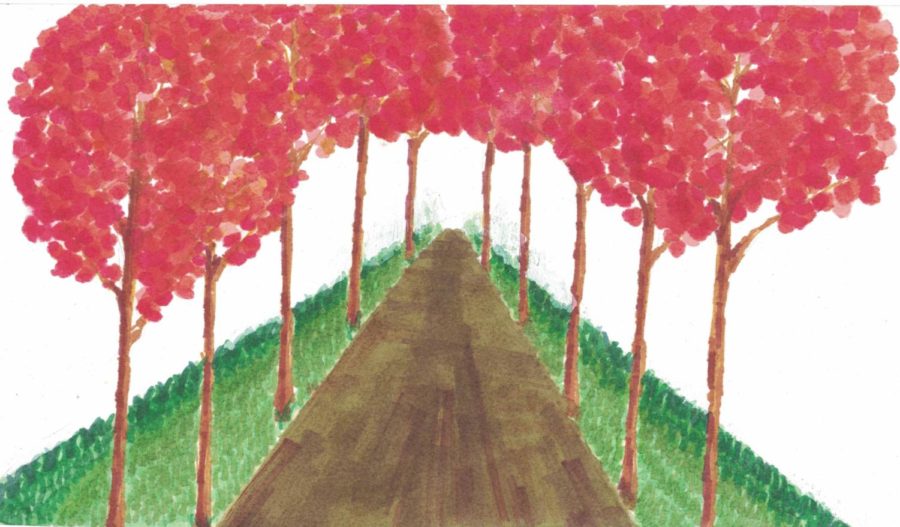
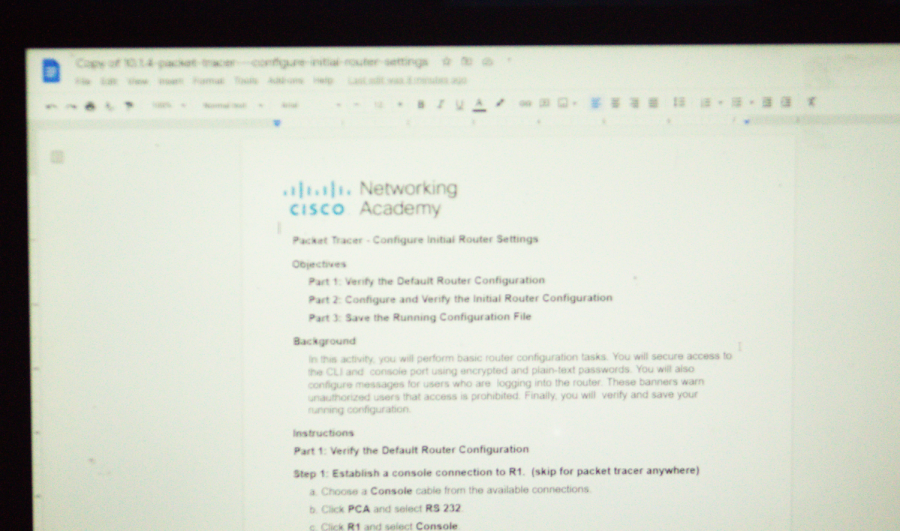

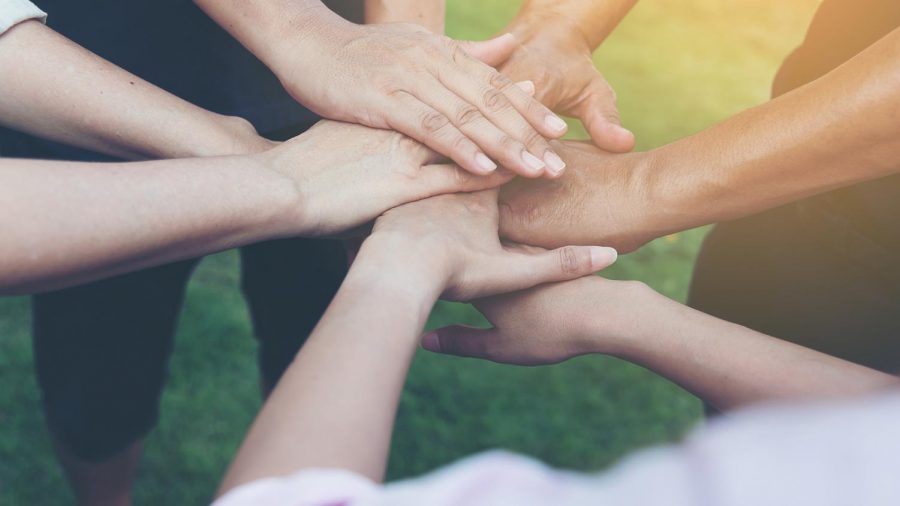

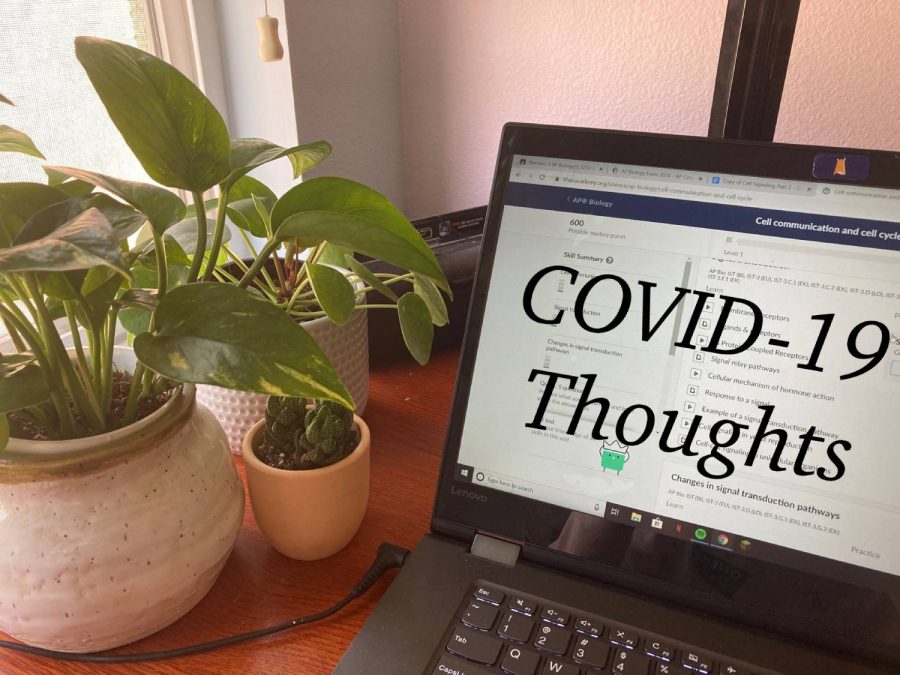
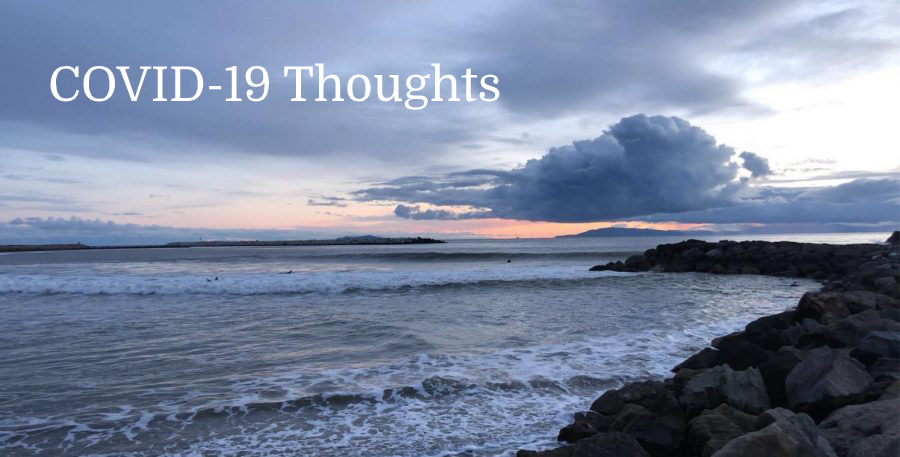
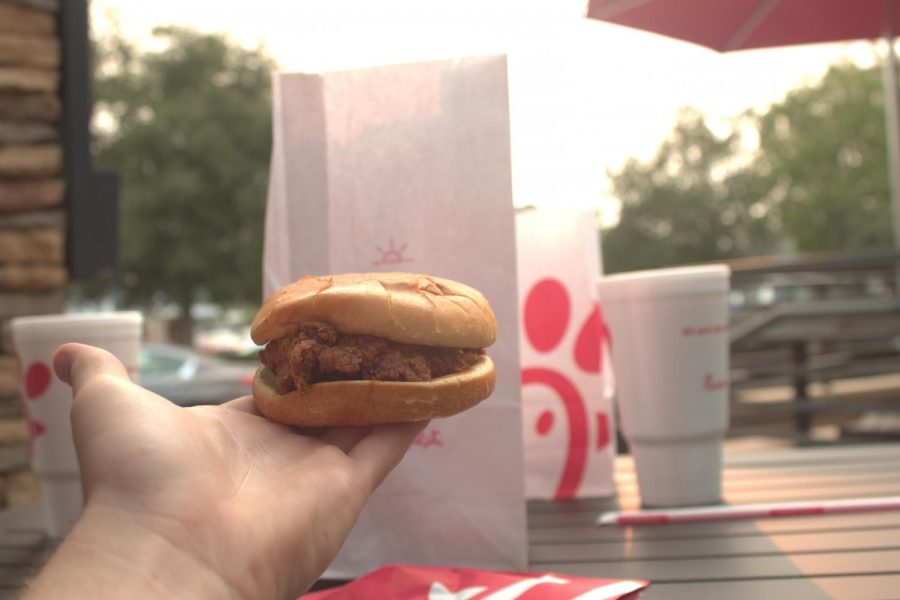
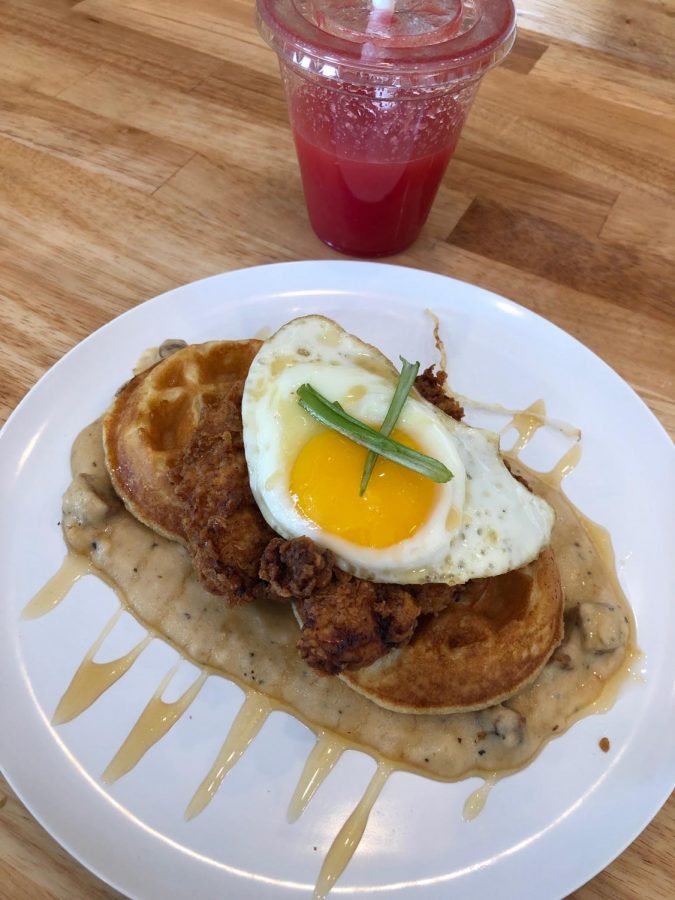

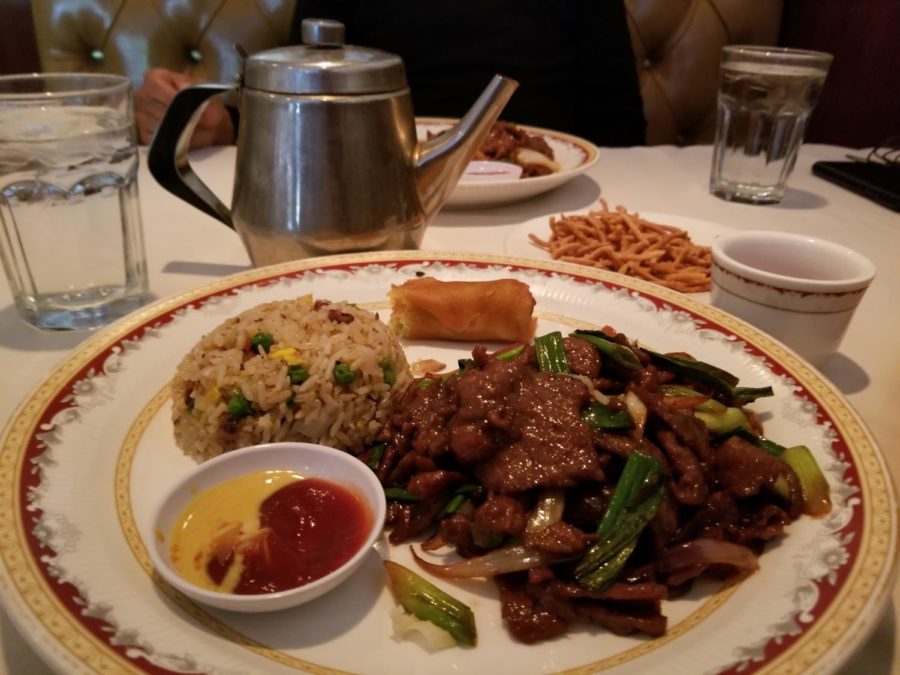

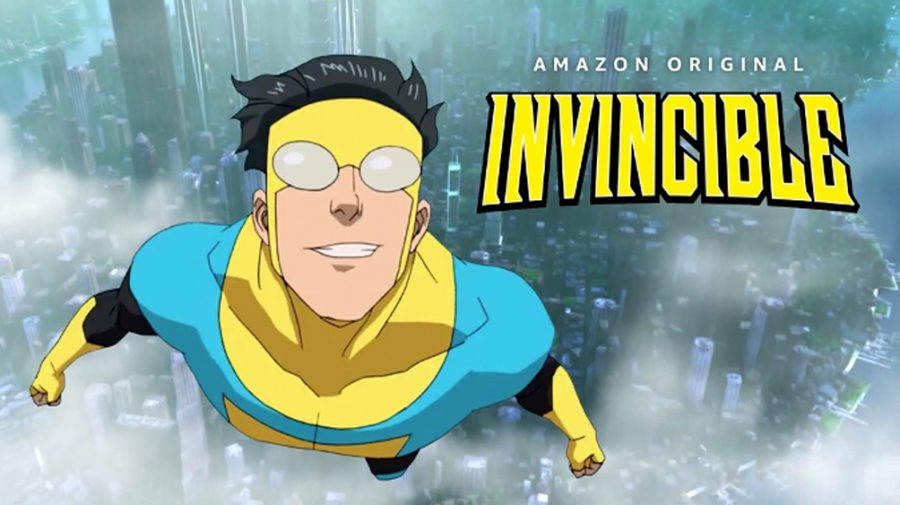
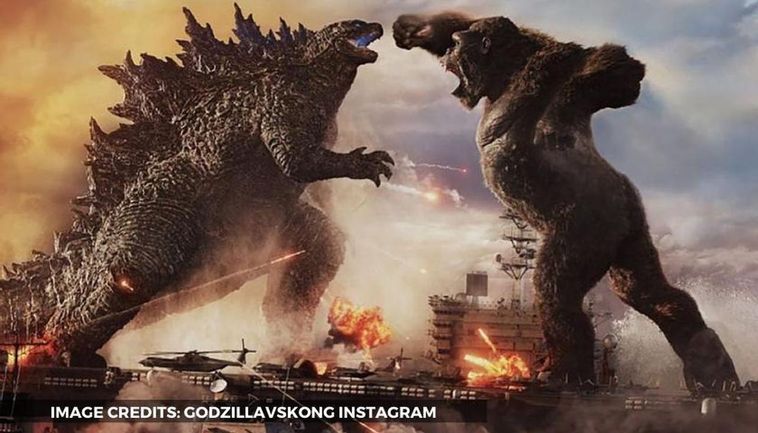
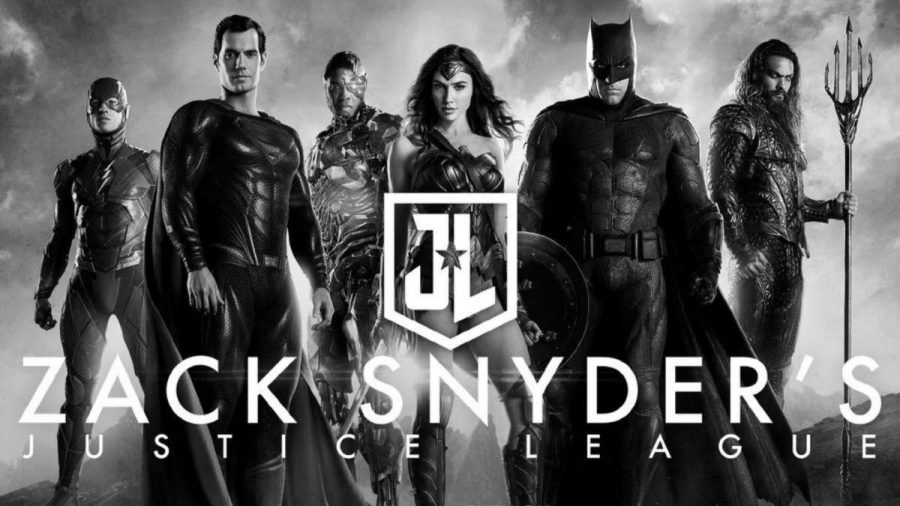


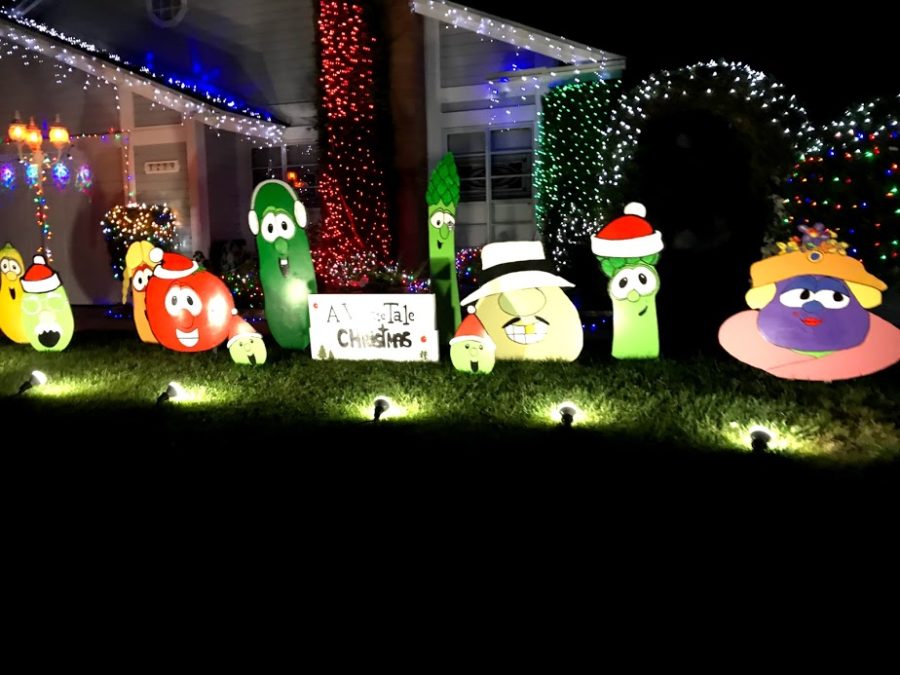

![Senior Ditch Day... Relaxation or Truancy? [Video]](https://achsstinger.com/wp-content/uploads/2017/10/IMG_7119-900x599.jpg)
![Heavy Rain Hits Cam High [video]](https://achsstinger.com/wp-content/uploads/2017/02/maxresdefault-900x506.jpg)
